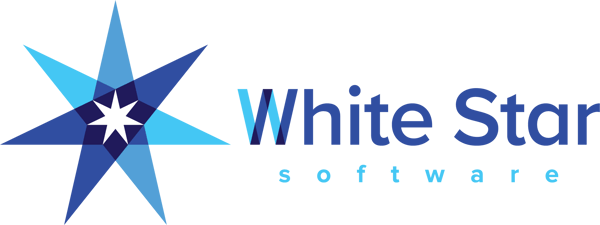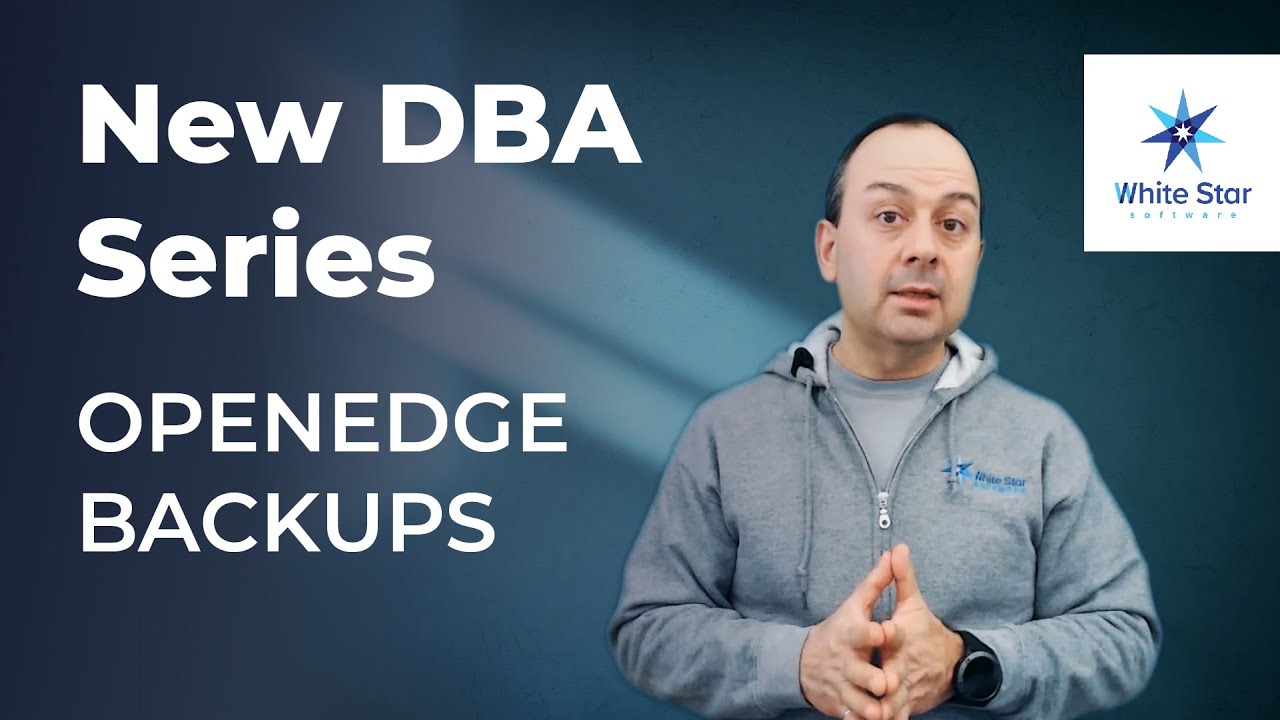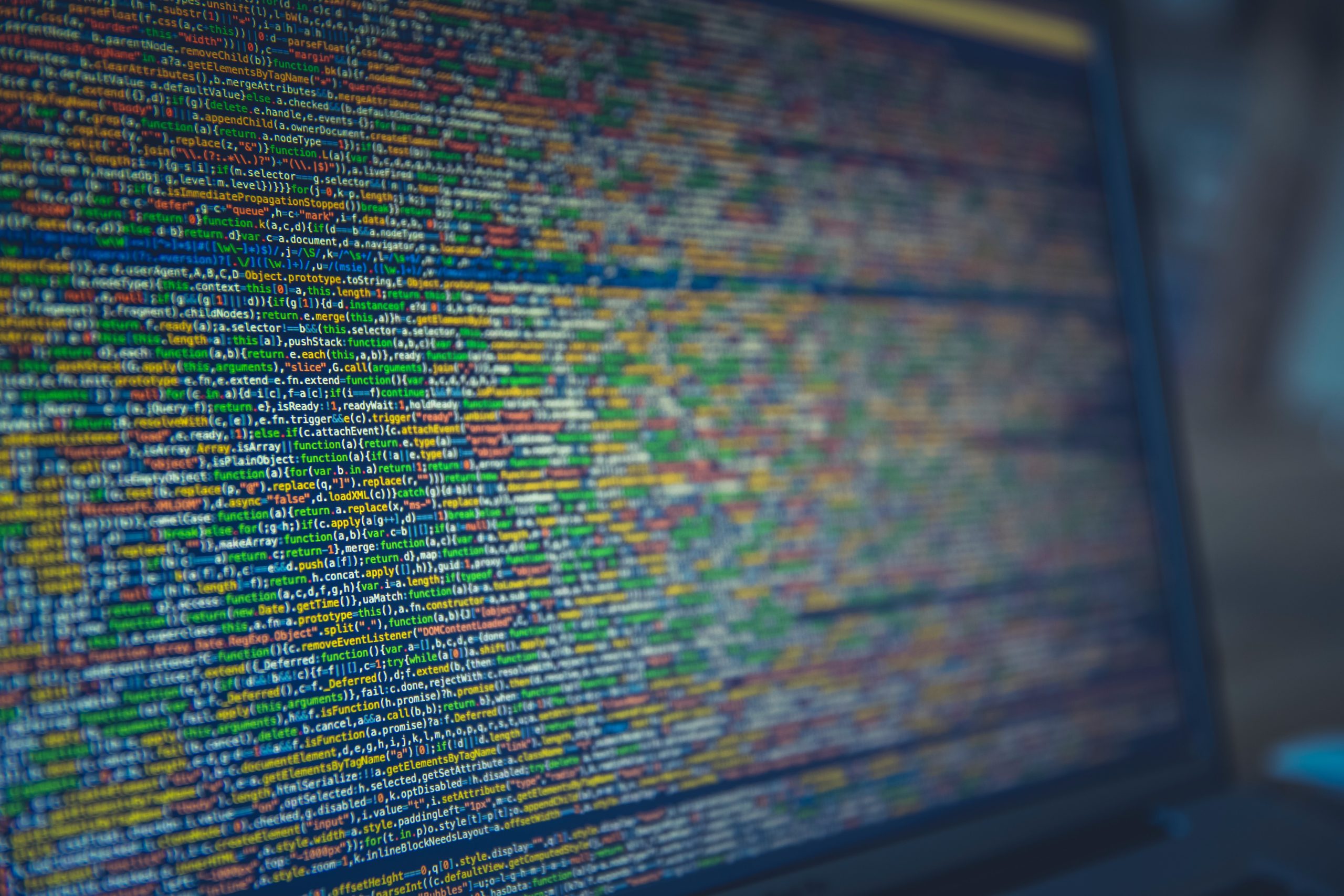Corruption and Crash Protection, Courtesy of After-Imaging
No one wants to think about a database crash, and even less about losing data, and yet every month or two I get a call from an IT Director in exactly that situation. Their OpenEdge system has been down for hours and stays down for hours more while we do our best to perform emergency surgery. In the end the customer is left with a stitched up database and a post-mortem that reveals that all this could have been avoided if they had simply followed the advice in this blog and protected their OpenEdge database with after-imaging.
Protecting against lost data
Data protection is comprised of two equally important components: backups and after-image archives. Almost everyone understands backups: if there’s a problem, they get you 95% of your data back, up until the time of the last backup. After-image archives get you down that last mile, containing the detailed changes that were applied to your database. Think of them as a recording that you can play back (we call this “rolling forward”) on top of your restored DB. All the recorded changes are applied to the restored database in the same way as they were done the first time around.









